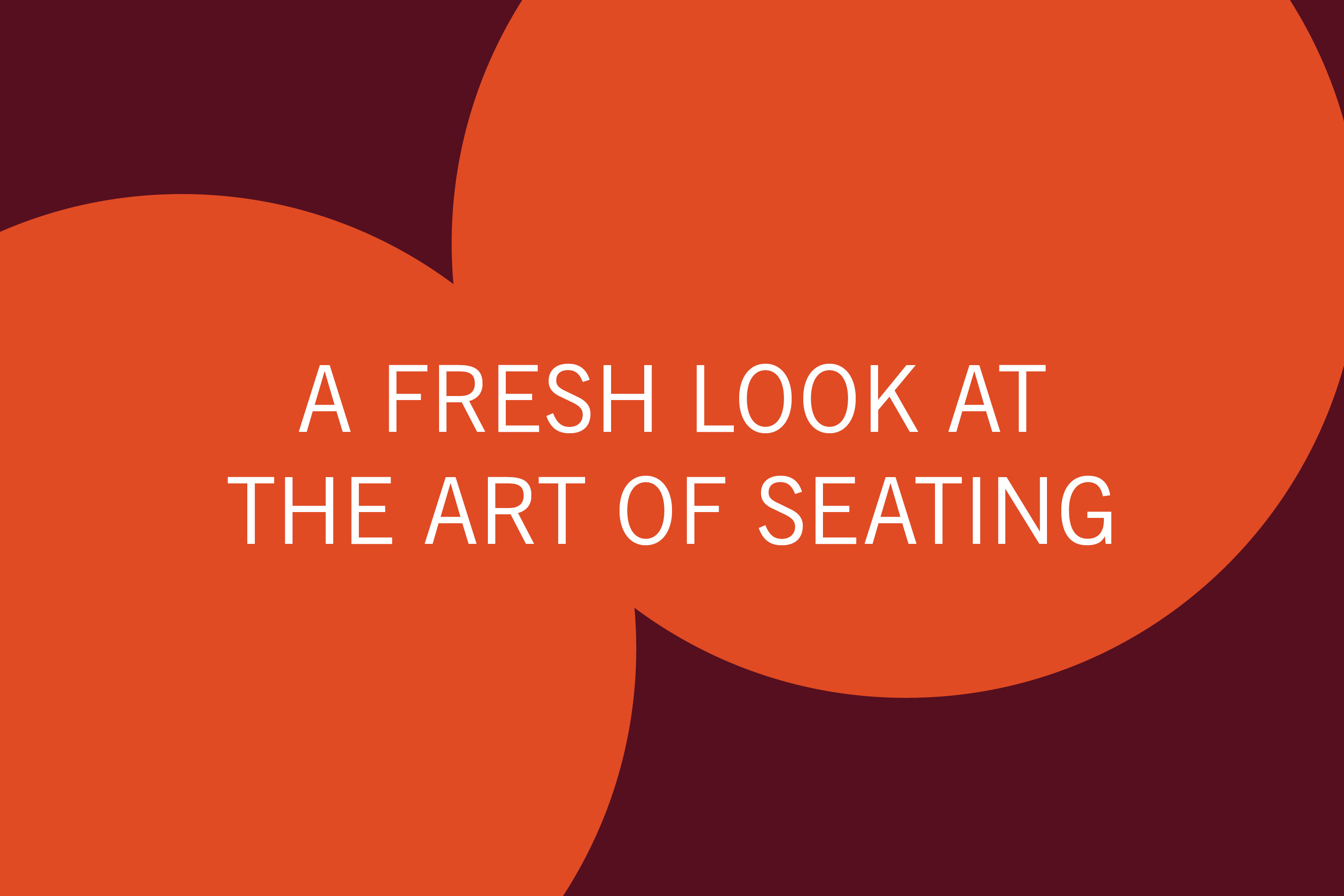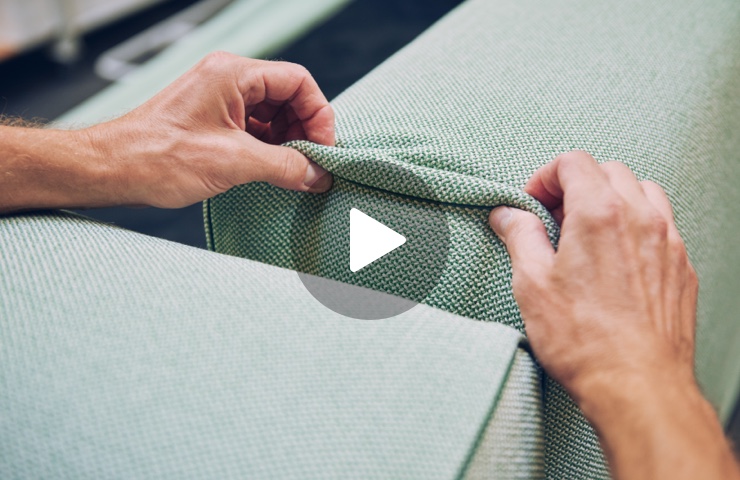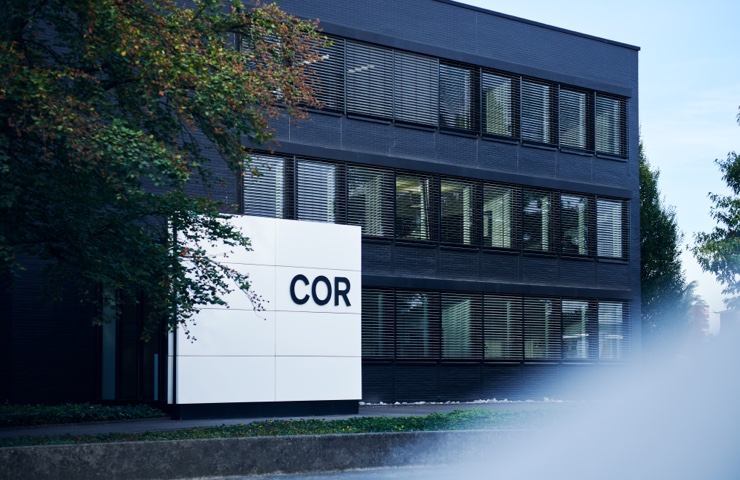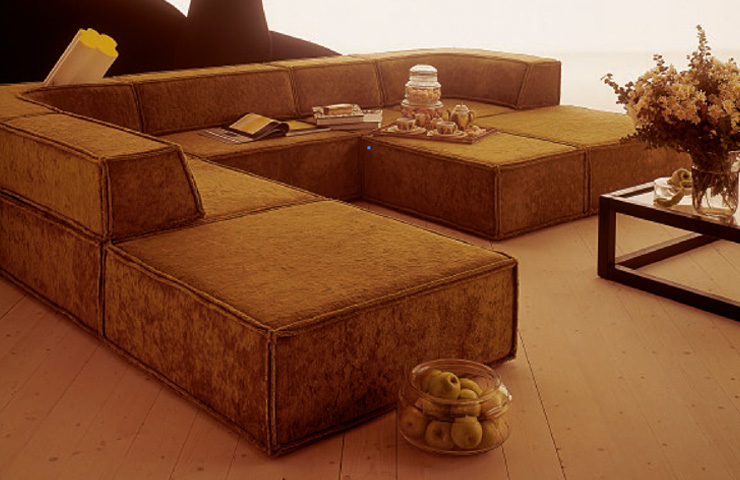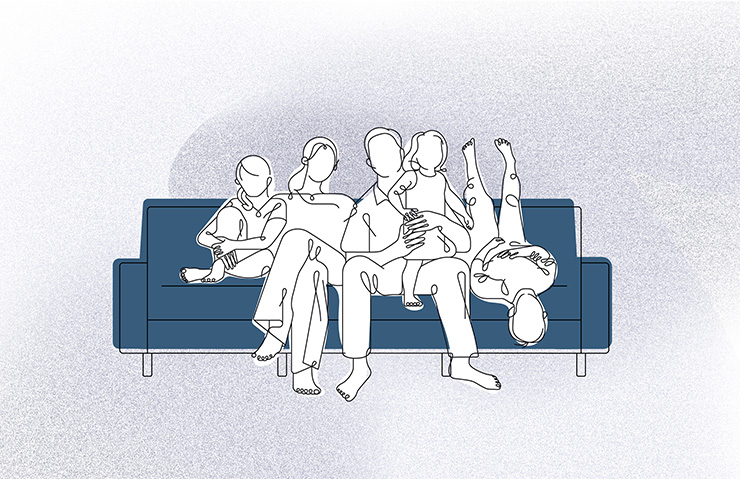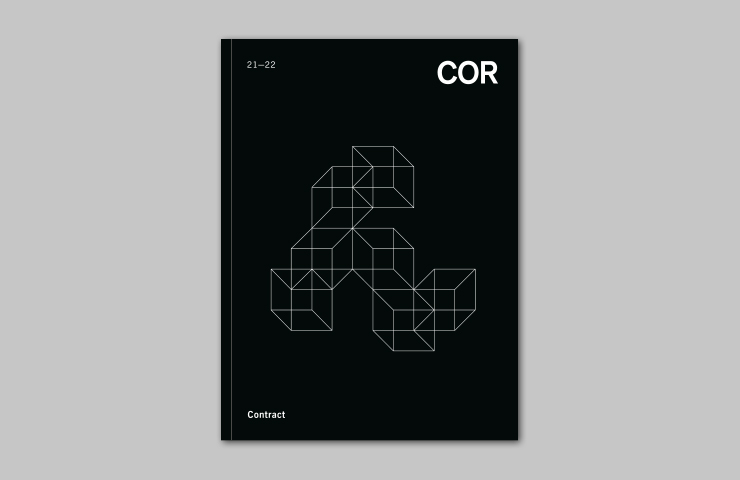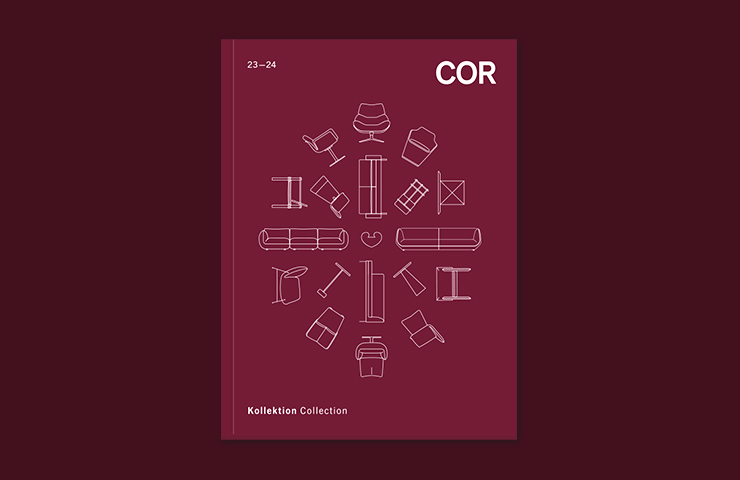City views and living. Church crafts and modern furniture. What do they have in common and what does this have to do with the exhibition "The Continuous Construction Principle" by the Bonn artist Nico Joana Weber?
During the reign of Frederick III, the intensive expansion and further construction of Catholic churches began in the German Empire, which in turn led to the production of church furniture and art in Wiedenbrück, such as wood-carved altars, church pictures, pulpits, choir screens, sacrament boxes and tabernacles. The town's favourable location directly on the Cologne-Minden railway line, which connected the Rhineland with northern Germany, encouraged the establishment of workshops and specialists. This is how the artists' colony "Wiedenbrücker Schule" came into being between 1885 and 1920.
With a wealth of know-how, they not only produced for the domestic market, but also for international markets. Around the turn of the century, 500 fulltime workers were employed from among the 2,000 townspeople. These included ornamentalists, polychromists, sculptors, church painters, carpenters and various ancillary workers.
The deep connection to the region is also reflected in COR's corporate policy to this day. This is the place where we are at home, where all our furniture is made. In Rheda-Wiedenbrück since the company was founded in 1954.
"The collages by Nico Joana Weber show in a remarkable way how the historical heritage of the town and the region is reflected in the modern furniture industry," says Leo Lübke.
The artist
Born in Bonn, Nico Joana Weber lives and works in Ludwigshafen am Rhein. Before finding her current home base there, she studied at Goldsmiths College in London and at the Academy of Media Arts in Cologne, and travelled around the world. Numerous publications, exhibitions and awards trace her path.
In her work, she approaches architectural urban space through film and photography, while drawing attention to urban structures.
In 2020, she received the Brachum Art Prize of the town of Rheda-Wiedenbrück, which was linked to project work in the urban space. This resulted in 36 collages, which were displayed on a large scale as posters in public spaces.
Further information: www.nicojoanaweber.com
* The regional Brachum Art Prize is awarded to young German artists who concern themselves with architecture in their work. The funding is intended to support the award winners in their further artistic development and to make their work known to the public. It was awarded for the first time in 2014, since when it has been presented every three years.
In 2020, the Brachum Art Prize went to the Bonn-based artist Nico Joana Weber.
